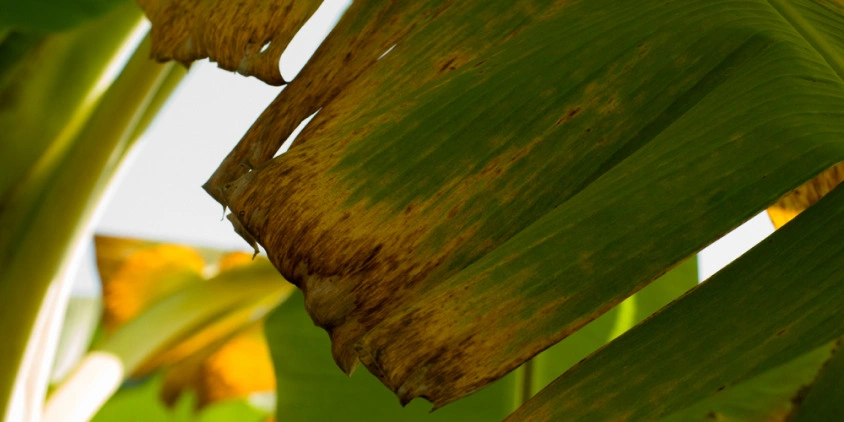
Fusarium Wilt: How To Prevent And Control Its Spread
Once Fusarium wilt appears in your fields, you must act fast. This stubborn soil disease doesn’t go away easily and can quickly spread through your crops, whether you are growing tomatoes, beans, or bananas. Simply spraying fungicides isn’t enough for Fusarium wilt control — you need a complete plan that includes choosing resistant varieties, crop rotation, and careful equipment sanitation. Many farmers now use precision agriculture platforms to learn about the disease risk, track infected areas, and plan their control measures, which helps make better decisions. Success comes from staying alert, using integrated Fusarium wilt treatment methods, and learning from other growers’ experiences with this challenging pathogen.
What Is Fusarium Wilt And Its Impact?
Fusarium wilt is a soil-borne pathogen that destroys plants’ vascular systems by blocking water movement through their tissues. This crop disease has become increasingly problematic as it affects farm operations of all scales, from mini greenhouses to vast fields. Its presence in the soil makes it particularly challenging to manage, as it can persist in fields for a long time and gradually infect new areas. The pathogen now impacts major cash crops worldwide, including oil palm, banana, beans, tomato, cucumber, watermelon, and cotton.
The soil-borne crop diseases Fusarium and Verticillium wilt both target the vascular tissue and are similar in their symptoms. However, Fusarium prefers warm soils of 80°F (27°C) with little moisture, whereas Verticillium prefers relatively cool soils of 55–75°F (13–24°C) with more moisture .
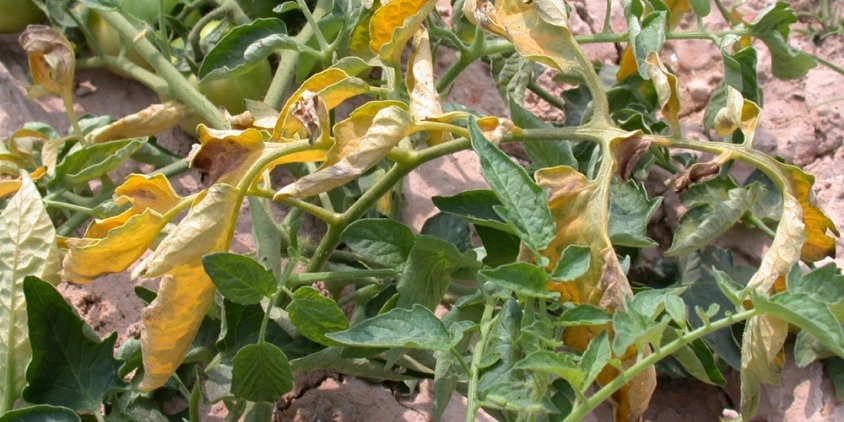
How Does Fusarium Wilt Spread And Manifest Itself?
The spread of Fusarium wilt follows a clear pattern — starting with initial infection causes, moving through conditions that speed it up, and showing specific symptoms in plants. Below, we examine each of these factors to help you protect your crops.
What Causes Fusarium Wilt?
Specific strains of Fusarium oxysporum, each adapted to particular host plants, spread the disease. This host specificity means that while a strain affecting tomatoes won’t harm beans, the overall impact of different strains on agriculture is extensive. Let’s look at some of the most significant strains.
| Casual Fusarium oxysporum forma speciales (f.sp.) | Host plants |
|---|---|
| Apii | Celery |
| Asparagi | Asparagus |
| Batatas | Sweet potato |
| Betae | Beet |
| Cepae | Garlic, onion |
| Ciceris | Chickpea |
| Conglutinans | Broccoli, Brussels sprout, cabbage, cauliflower, kale |
| Cucumerinum | Cucumber |
| Cucurbitae | Squash |
| Lactucae | Lettuce |
| Lycopersici | Eggplant, pepper, tomato |
| Melonis | Cantaloupe |
| Niveum | Watermelon |
| Phaseoli | Bean |
| Pisi | Pea |
| Spinaciae | Spinach |
| Tracheiphilum | Black-eyed pea |
Fusarium wilt pathogens spread through contaminated soil, infected seeds, and plant debris, where they can survive for long periods as various forms of spores. The most resilient form, chlamydospores, can survive in soil for years without a host plant.
How does Fusarium wilt enter the plant? The fungus enters roots wounded by nematodes or farm tools and spreads through the plant’s water-conducting system. As it develops, the pathogen blocks water movement by both growing within vessels and causing the plant to form internal blockages, resulting in yellowing, drooping, and eventual tissue death.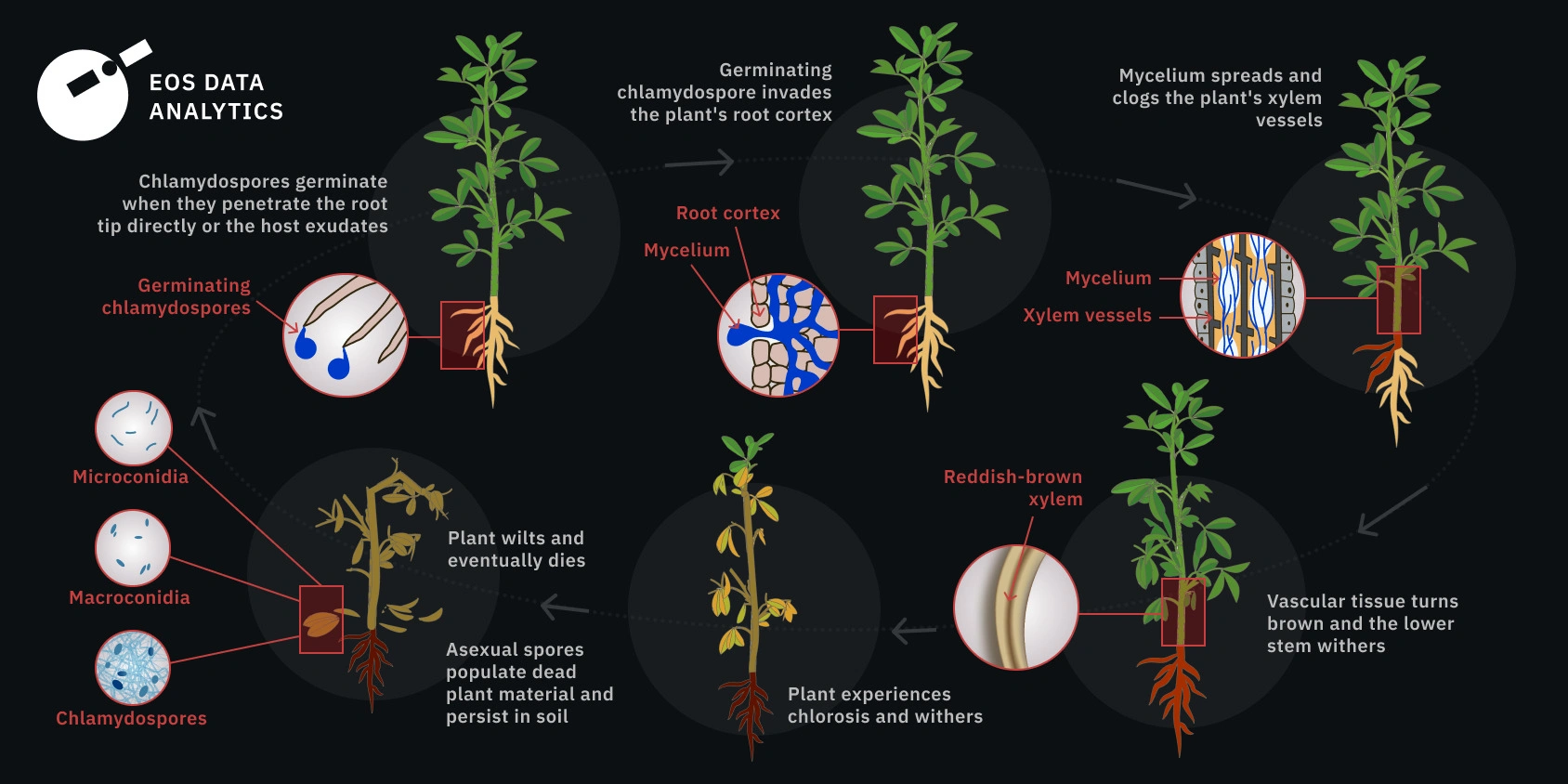
What Favors The Disease?
The severity and spread rate of Fusarium wilt disease depend on specific environmental and management conditions. Understanding these factors helps assess risk levels and implement appropriate management strategies. The key factors to keep an eye on are:
- soil temperatures between 80°F and 90°F (27 and 32°C);
- soil acidity (pH 5.0–5.5);
- high air humidity;
- presence of root wounds;
- poor sanitation practices;
- movement of contaminated soil and water;
- continuous cultivation of the same hosts.
What Are The Symptoms Of Fusarium Wilt?
Detecting the disease in its early stages requires systematic monitoring of crop behavior throughout the day. The first sign of Fusarium wilt presence is wilting during peak heat hours, with plants showing temporary recovery during cooler periods. This cycling between drooping and recovery typically lasts several days before permanent wilting.
Leaf yellowing as a Fusarium wilt symptom follows a predictable pattern that helps in disease identification. It often begins on one side of the plant, with the browning of the leaf tips occurring shortly after. The yellowing and necrosis spread upward as the disease progresses through the plant’s vascular system, eventually affecting the entire plant. The internal stem tissue provides the most reliable diagnostic clue — a brown discoloration visible when stems are split lengthwise.
Growth stunting becomes evident within weeks, followed by plant death if environmental conditions favor the pathogen development. Regular monitoring during morning inspections and implementing strict sanitation protocols can help manage disease spread, though infected plants rarely recover and should be removed promptly.
How To Control Fusarium Wilt
Management of Fusarium wilt is challenging because there is no working fungicide or cure. Once plants are infected, they usually die, so preventing and excluding the pathogen is the best way to protect your crops.
Сrop monitoring services can help spot and prevent the disease before it takes over your field Namely, EOSDA Crop Monitoring offers several helpful features for Fusarium wilt prevention and management. The Disease risk feature analyzes weather and crop data to warn you about possible disease outbreaks, so you can take action early.

Whenever the disease appears likely to attack the field, dispatch scouts to assess the situation. The Scouting feature uses satellite images of your croplands to show you which exact parts might have problems. This way you can quickly remove sick plants and treat specific areas before the disease spreads.
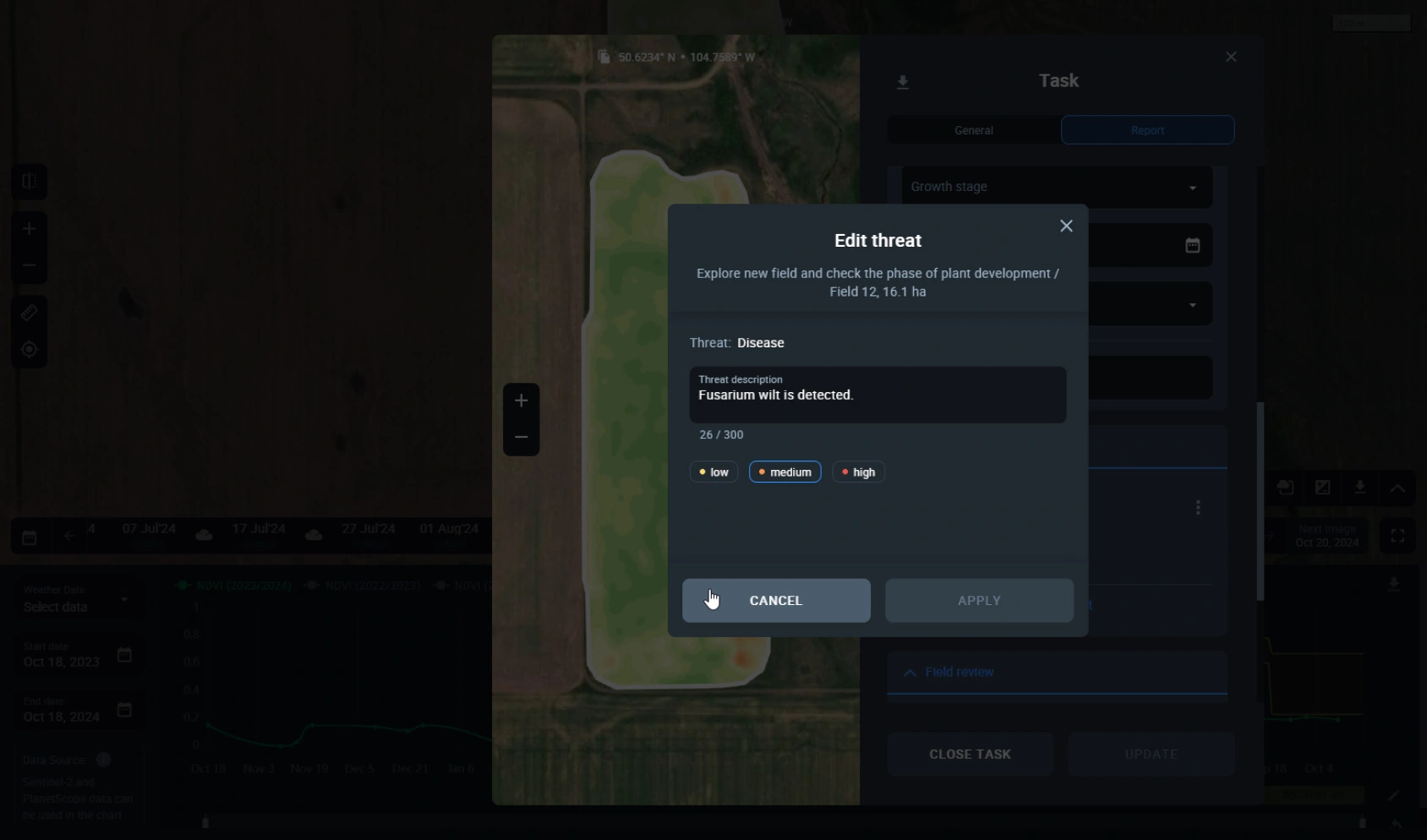
The following control measures can help minimize the impact of the pathogen:
- Resistant varieties. Growing plants that naturally resist the pathogen works best. Look for varieties labeled with the Foa, Foc, Fol, Fom, Fon, or For resistance codes in seed catalogs.
- Fungicides. Chemical control isn’t effective against Fusarium wilt. In cucurbit crops, fungicides only help if used before the disease appears or when there isn’t much disease pressure. When growing tomatoes and related crops, there are no effective fungicides.
- Nitrogen management. High ammonium levels can increase soil acidity, which favors the pathogen growth. So use nitrate instead of ammonium forms of nitrogen fertilizers .
- Soil fumigation. While this method can suppress the pathogen, it rarely kills all the disease-causing fungi, and they often return quickly. If used, apply fumigants when soil temperatures are between 77–86°F (25–30°C) and soil moisture is at 50–75% field capacity.
- Field sanitation. Remove infected crop residues and regularly disinfect tools and machinery to reduce inoculum spread. Pull out diseased plants with their roots and dispose of them away from production fields. For irrigation systems, use chlorination or other approved water treatment methods to prevent Fusarium wilt spread.
- Plant care. Maintain optimal growing conditions to prevent plant stress and increase natural resistance. Avoid overwatering and maintain good drainage to prevent root damage. Monitor and fix nutrient deficiencies promptly (especially potassium and calcium, which help strengthen plant cell walls).
- Crop rotation. Rotating out of Fusarium-prone crops for 5–7 years can lower pathogen levels, though this alone might not be enough since the fungus lives in the soil for a long time and can survive on weeds. EOSDA Crop Monitoring’s Crop rotation feature helps you plan and track your rotation schedules, showing you the best ways to use your fields while keeping disease pressure low.
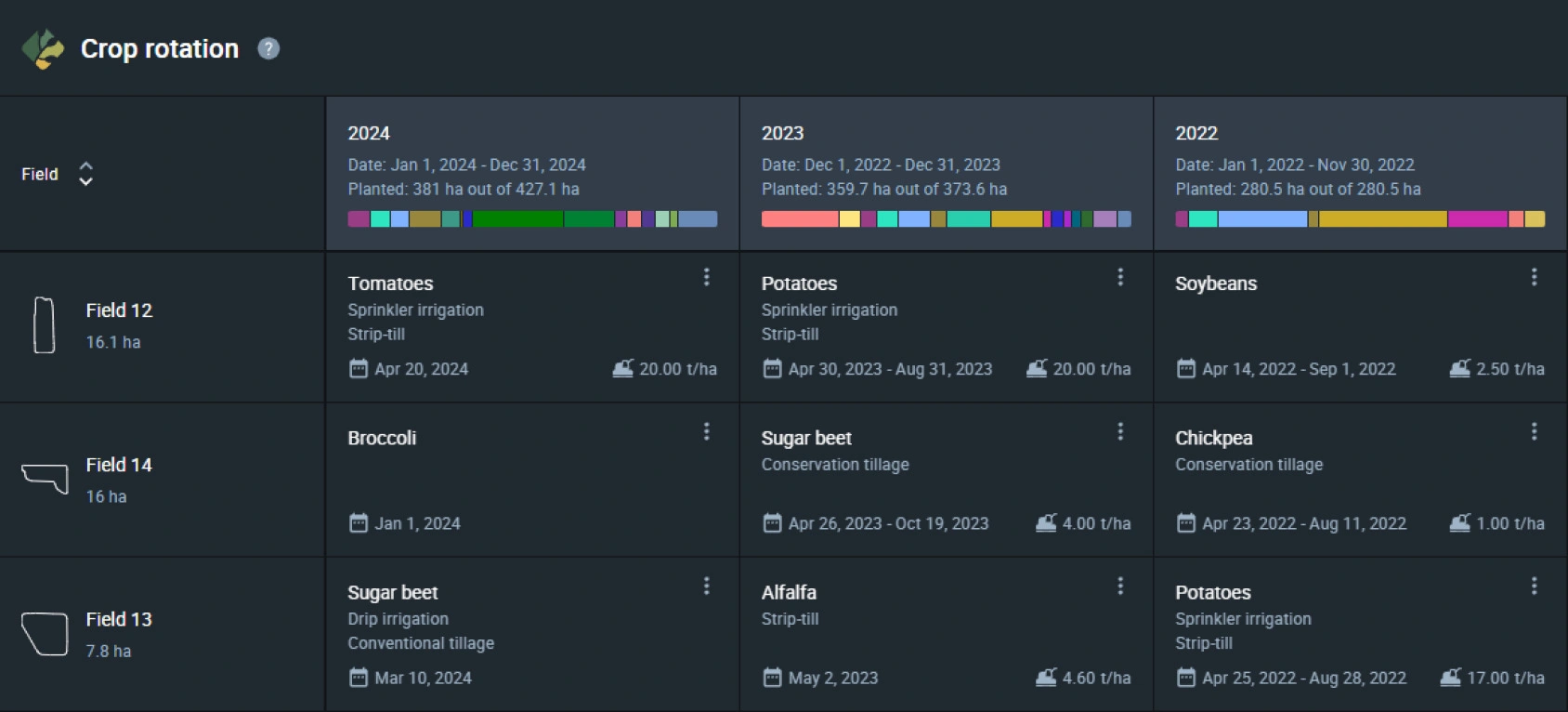
Using these control methods together, along with regular field monitoring and early detection tools, gives you the best shot at protecting your crops from Fusarium wilt. While no single method can stop the disease completely, combining several approaches helps keep it under control.
About the author:
Vasyl Cherlinka is a Doctor of Biosciences specializing in pedology (soil science), with 30 years of experience in the field. He attended the engineering college in Ukraine and received his degree in agrochemistry, agronomy and soil science in the Chernivtsi National University. Since 2018, Dr. Cherlinka has been advising EOSDA on problems in soil science, agronomy, and agrochemistry.
Recent articles
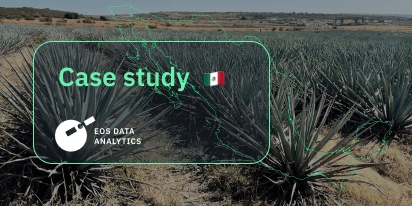
Digital Tools Improve Soil Health And Yields In Mexico
EOSDA and ITTA supported a Guanajuato farm with contour-line planning, monitoring tools, and practical guidance to reduce soil erosion and improve yields in the long run.

Analyze 2025 & Plan Your Best Year Yet: LandViewer Christmas Offer
It’s the most wonderful time of the year! The Christmas holidays are here, and so is your chance to analyze 2025 and plan a prosperous 2026 with more affordable Pro plans in LandViewer.

EOSDA Models Climate Change Impact On Sugarcane Yields
EOSDA modeled future temperature, rainfall, and other climate impacts on Veracruz sugarcane. The results help growers plan long-term adaptation strategies, including timing, varieties, and irrigation.